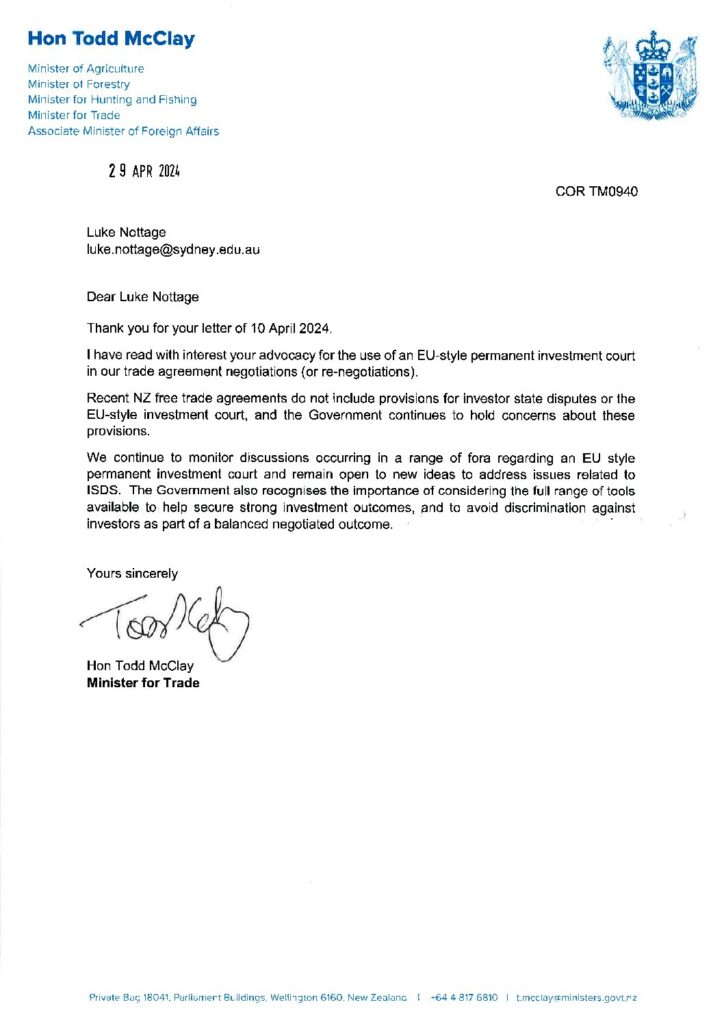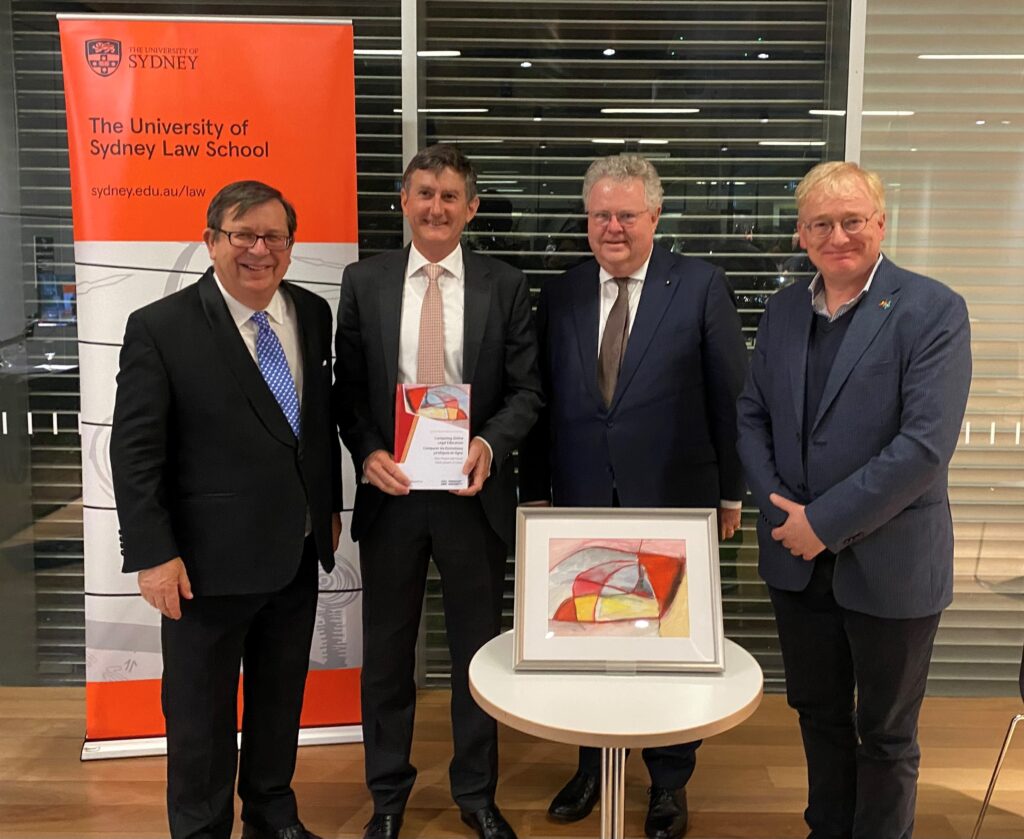Written by: Asst Prof Nobumichi Teramura (for MPI Hamburg Festchrift conference, 1-2 September 2022) [for the full paper, not just Part I below, you may try checking his webpages or contacting him]
[Abstract] Japan has long been a successful importer of western legal systems. The country has also exported its law to the rest of Asia for many years. Japan’s national ODA agency – the Japan International Cooperation Agency (JICA) – has been offering legal technical assistance projects since the 1990s. These initiatives have impacted the development of legal systems in Central and Southeast Asian countries. In particular, the outcome of the projects in the countries along the Mekong River is allegedly outstanding in terms of their comprehensive influence on the private laws of Vietnam, Cambodia and Laos. The projects have arguably helped these host countries establish and reform a significant number of private law frameworks. Nevertheless, the extensive work by Japanese legal experts has been struggling with a low profile and a lack of international recognition, most likely due to a lag in anglophone scholarship that delivers a sufficiently detailed examination of the current private laws of those host countries and their operation in practice. This paper intends to address the gap by providing a critical (albeit preliminary and succinct) evaluation of how Japan’s legal technical assistance has led Japanese legal ideas to form part of the legal pluralism in the Mekong Subregion of ASEAN. It also encourages Japanese and local law experts to undertake further actions to re-assess the influence of Japanese law in these countries.
Part I. Introduction: Exporting Japanese Law to the Rest of Asia
Japan has long been perceived as a successful example of legal transplantation based on western models such as the legal systems of Germany, France and the US.[1] However, Japanese law has rarely treated as a source of legal ideas that are applicable outside Japan.[2] When it comes to Japan as a source of legal influence, commentators tend to focus on the country’s role in disseminating a modern German-style legal system to its neighbouring countries, but not on how Japanese law itself has influenced legal thinking in those countries.[3] Moreover, little attention is paid to how these countries are inspired by specific aspects of Japan’s success in importing western legal concepts because commentators are inclined to attribute the success to the specific institutions, culture and environment of Japan, perceiving Japan’s experience as inapplicable to other countries.[4] Those commentators writing in English appear to confine Japanese law and its legal institutions to Japan’s domestic domain.
However, Japanese law has extended its reach to Southeast Asia, as pointed out by several scholars in the last few decades. For instance, Tamura refers to Dr Tokichi Masao’s significant contribution to the codification of modern civil laws in Thailand during his tenure as the General Legal Adviser to the Kingdom of Siam in the early 20th century.[5] Tamura also reminds us that Thai commissioners adopted the (old) Japanese Civil Code as the foundation for their reception of the German Civil Code into the 1925 Revised Civil and Commercial Code of the Kingdom of Siam.[6] Moreover, Taylor highlights the importance of reviewing Japan’s legal technical assistance since the 1990s in the Association of Southeast Asian Nations (ASEAN) and beyond, suggesting that it reveals ‘ongoing tension between a western/globalized vision of rule-of-law assistance and the political imperatives at the national/local level’.[7] Along with Taylor’s thesis, this paper advocates for the need to examine the impact of Japanese positive law through the technical assistance in a recent hotspot for the global economy and comparative legal studies – the Mekong Subregion of ASEAN.[8]
These days, countries along the Mekong River, such as Vietnam, Cambodia and Laos, have been gaining new economic prominence and increased global attention because of geopolitical tensions brought about by the COVID-19 pandemic and the US-China trade war.[9] Many multinationals have been relocating their factories from China to those countries in the Mekong Subregion for cost reduction and risk aversion,[10] being attracted to the competitive labour costs, liberal economic policies, trade openness, social stability and growth potential of those countries.[11] Those foreign investors and experts working on the field of international business are so interested in the legal environments of the host states that much has been written about the legal and judicial systems of the countries along the Mekong River.[12]
Japan’s national ODA agency, the Japan International Cooperation Agency (JICA),[13] has since the 1990s been committing to the modernisation of law in the Mekong Subregion (and other countries) through its legal technical assistance projects.[14] Especially, Japanese legal advice provided through the assistance projects have heavily influenced the private laws of Vietnam, Cambodia and Laos, according to Japanese commentators[15] and mainstream media.[16] Nevertheless, we can rarely find corresponding observations or relevant discussions in anglophone scholarships or official documents issued by the governments of English speaking countries.[17] Thus, this paper critically and succinctly evaluates how Japanese legal ideas have shaped part of the legal pluralism in Vietnam, Cambodia and Laos, calling for further research to assess the influence of Japanese private law in these jurisdictions. It also discusses whether and how such research may help Japanese legal studies and local legal practice overcome challenges they have faced.
* Assistant Professor of ASEAN and Asia-Wide Integration, Universiti Brunei Darussalam; Affiliate, Centre for Asian and Pacific Law in the University of Sydney (CAPLUS); ANJeL-in-ASEAN Convenor, Australian Network for Japanese Law. The author acknowledges […]. Note that this paper is based on the following articles written by this author: Nobumichi Teramura, ‘Japan as a Source of Legal Ideas: A View from the Mekong Subregion of ASEAN’ (2021) 13 New Voices in Japanese Studies 19; and Nobumichi Teramura, ‘JICA and Regional Soft Power: Japan’s Legal and Judicial Development Project in Vietnam, Cambodia and Laos since 1996’ (2022) IAS Working Paper Series <https://ias.ubd.edu.bn/wp-content/uploads/2022/05/working_paper_series_69.pdf> .
[1] Michele Graziadei, ‘Comparative Law, Transplants, and Receptions’ in Mathias Reimann and Reinhard Zimmermann (eds), Comparative Law, Transplants, and Receptions (Oxford University Press 2019) 449; Mathias Siems, ‘The Power of Comparative Law: What Types of Units Can Comparative Law Compare’ (2019) 67 American Journal of Comparative Law 861, 865.
[2] Veronica Taylor, ‘Spectres of Comparison: Japanese Law through Multiple Lenses’ (2001) 6 Journal of Japanese Law 11.
[3] Chen Lei, ‘Contextualising Legal Transplant: China and Hong Kong’ in Pier Giuseppe Monateri (ed), Methods of Comparative Law (Edward Elgar Publishing 2012); Uwe Kischel, Comparative Law (Oxford University Press 2019) 55, 689, 699, 728–35; Graziadei, ‘Comparative Law, Transplants, and Receptions’ 450.
[4] Stephen Givens, ‘The Vagaries of Vagueness: An Essay on “Cultural” vs. “Institutional” Approaches to Japanese Law’ (2013) 22 Michigan State International Law Review 839; Giorgio Fabio Colombo, ‘Japan as a Victim of Comparative Law’ (2014) 22 Michigan State International Law Review 731.
[5] Shiori Tamura, ‘The Role of the Japanese Civil Code in the Codification in the Kingdom of Siam’ in Yuka Kaneko (ed), Civil Law Reforms in Post-Colonial Asia: Beyond Western Capitalism (Springer 2019) 54-55.
[6] Ibid 57ff.
[7] Veronica L Taylor, ‘Rule-of-law Assistance Discourse and Practice: Japanese Inflections’ in Amanda Perry Kessaris (ed), Law in the Pursuit of Development Principles into Practice? (Routledge-Cavendish 2009) 164.
[8] The Mekong Subregion consists of Vietnam, Cambodia, Laos, Myanmar and Thailand: Shawn Ho and Kaewkamol Pitakdumrongkit, ‘Can ASEAN Play a Greater Role in the Mekong Subregion?’, (The Diplomat, 20 January 2019) <https://thediplomat.com/2019/01/can-asean-play-a-greater-role-in-the-mekong-subregion/>.
[9] Nobumichi Teramura, Shahla F Ali and Anselmo Reyes, ‘Expanding Asia-Pacific Frontiers for International Dispute Resolution: Conclusions and Recommendations’ in Luke Nottage and others (eds), New Frontiers in Asia-Pacific International Arbitration and Dispute Resolution (Wolters Kluwer 2021) 356.
[10] John Boudreau and Nguyen Dieu Tu Uyen, ‘Rural Vietnam Booms With Jobs From Apple-Led Move in Supply Chains’, (Bloomberg, 26 October 2020) <https://www.bloomberg.com/news/newsletters/2020-10-26/supply-chains-latest-apple-shift-means-boom-in-rural-vietnam>; John Reed, ‘Vietnam Prepares for Supply Chain Shift from China’, (Financial Times, 28 December 2020) <https://www.ft.com/content/e855b706-e431-4fc5-9b0a-05d93ba1bcbe>
[11] See, eg, Swiss Re Institute, ‘De-risking Global Supply Chains: Rebalancing to Strengthen Resilience’ (2020) <https://www.swissre.com/institute/research/sigma-research/sigma-2020-06.html> ; OECD, ‘Trends in Foreign Investment and Trade in Lao PDR’ in OECD (ed), OECD Investment Policy Reviews: Lao PDR (OECD Publishing 2017).
[12] See generally The MLS Academic Research Service, ‘Southeast Asian Region Countries’ Law’ (Melbourne Law School, 2022) <https://unimelb.libguides.com/asianlaw> accessed 29 June 2022.
[13] JICA is an independent administrative institution under the Ministry of Foreign Affairs (MOFA) of Japan.
[14] Luke Nottage, ‘The Development of Comparative Law in Japan’ in Mathias Reimann and Reinhard Zimmermann (eds), The Oxford Handbook of Comparative Law (2nd edn, Oxford University Press 2019) 204-207; Zentaro Kitagawa, ‘Development of Comparative Law in East Asia’ in Mathias Reimann and Reinhard Zimmermann (eds), The Oxford Handbook of Comparative Law (Oxford University Press 2006) 254-256; MOJ, ‘Legal Technical Assistance Activities by the International Cooperation Department ~Contributing to the World Is Japan’s Strength!~’ (n.d.) <https://www.moj.go.jp/EN/housouken/houso_lta_lta.html> accessed 29 June 2022.
[15] Yuka Kaneko, ‘Japan’s Civil Code Drafting Support for Socialist Reform Countries: Diversity of Normative Choice’ in Yuka Kaneko (ed), Civil Law Reforms in Post-Colonial Asia: Beyond Western Capitalism (Springer 2019) 155.
[16] Shuichiro Sese, ‘Japan’s Judicial Diplomacy at Crossroads as Laos Enacts Civil Code’, (Nikkei Asia, 21 May 2020) <https://asia.nikkei.com/Politics/International-relations/Japan-s-judicial-diplomacy-at-crossroads-as-Laos-enacts-civil-code> (noting that ‘Laos became the third country in Southeast Asia, after Vietnam and Cambodia, to introduce a civil code with Japanese support’).
[17] See Section 4 below.


